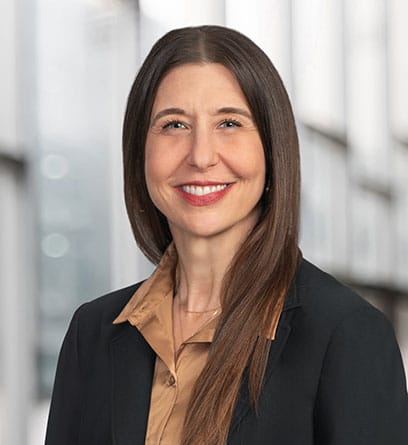On February 24, 2022, the Centers for Medicare & Medicaid Services (“CMS”) announced a redesign of the Global Professional Direct Contracting (“GPDC”) Model for Direct Contracting Entities (“DCEs”). The revamped model will be known as the Accountable Care Organization (“ACO”) Realizing Equity, Access, and Community Health (REACH) Model. The ACO REACH Model includes important changes to the GPDC Model in three areas: (1) advancing health equity; (2) promoting provider-led organizations; and (3) protecting beneficiaries with greater participant vetting and monitoring. CMS has released a Request for Applications (“RFA”) for provider-led organizations interested in beginning participation for the ACO Reach Model, which will take effect on January 1, 2023 and will span four Performance Years, ending on December 31, 2026. DCE’s currently participating in the GPDC Model will be permitted to continue participating in the ACO REACH Model provided that they sustain a robust compliance record in the GPDC Model and agree to meet the requirements of the ACO REACH Model by January 1, 2023.
A. Application process
To participate in the ACO REACH Model, all new organizations interested in beginning participation are required to submit an application. The application portal opened on March 7, 2022 and all applications are due by 11:59 PM E.T. on April 22, 2022. Accepted applicants will have the option of participating in an Implementation Period which will run from August 1, 2022 through December 31, 2022 to prepare for a January 1, 2023 launch.
Organizations that currently participate in the GPDC Model and wish to continue participation in the ACO REACH Model, will need to execute an Amended and Restated Participation with CMS by January 1, 2023 in order to transition into the ACO REACH Model.
B. Application criteria considerations
The previous application scoring criteria for the GPDC focused on the following: (1) organizational structure; (2) leadership and management; (3) financial plan and risk-sharing experience; (4) patient centeredness and beneficiary engagement; and (5) clinical care. In addition to the 5 areas listed above, the new ACO REACH application considers the following:
- Strong track record of direct patient care;
- Record of serving underserved communities with positive quality outcomes; and
- Program integrity risks posted by ACO ownership.
C. ACO REACH Model organization types
An important aspect of the ACO REACH Model is providing new opportunities for organizations that have traditionally participated in value-based care arrangements in the Medicare Fee-For-Service (FFS) population. In addition to traditional providers, the ACO REACH Model also provides opportunities for provider-led organizations without much experience in FFS, but which have a strong record of taking risk and improving quality of care for seniors and vulnerable populations.
Under the ACO REACH Model, there are three types of ACOs with different characteristics. The three types are:
- Standard ACOs – This category is intended for ACOs with substantial experience serving Medicare FFS beneficiaries. These ACOs may have previously participated in another shared savings model or may be newly formed organizations comprised of existing Medicare providers and suppliers.
- New Entrant ACOs –This category is intended for ACOs comprised of organizations that have not traditionally provided services to a Medicare FFS population.
- High Needs population ACOs – This category is intended for ACOs that serve Medicare populations with complex needs. High Needs Population ACOs must utilize a model of care designed to serve complex need patients.
D. Risk sharing options
Similar to the GPDC Model, the ACO REACH Model will offer two voluntary risk options:
- Professional option: This lower risk option includes a 50 percent Shared/Savings/Shared Losses and Primary Care Capitation Payment; and
- Global option: This full risk option includes a 100 percent Shared Savings/Shared Losses and either Primary Care Capitation Payment or Total Care Capitation Payment.
The ACO REACH Model provides opportunities for both current GPDC participants as well as new participants to continue on the journey to value-based care.
More information on the ACO REACH Model can be found here and a detailed comparison of the GPDC and ACO REACH Model can be found here. If you have any questions related to applying for or transitioning a DCE to the ACO REACH Model, please do not hesitate to contact Thompson Coburn’s Health Law Practice Group.

